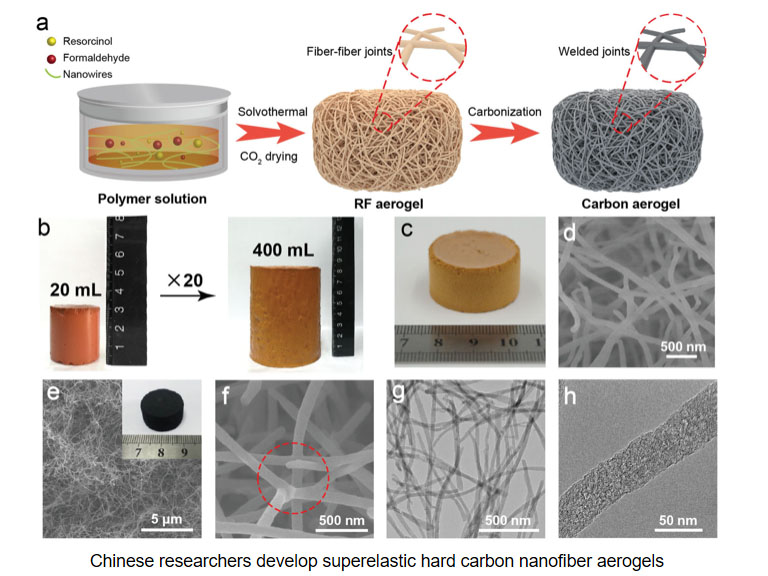
-
 Afrikaans
Afrikaans -
 Albanian
Albanian -
 Amharic
Amharic -
 Arabic
Arabic -
 Armenian
Armenian -
 Azerbaijani
Azerbaijani -
 Basque
Basque -
 Belarusian
Belarusian -
 Bengali
Bengali -
 Bosnian
Bosnian -
 Bulgarian
Bulgarian -
 Catalan
Catalan -
 Cebuano
Cebuano -
 China
China -
 China (Taiwan)
China (Taiwan) -
 Corsican
Corsican -
 Croatian
Croatian -
 Czech
Czech -
 Danish
Danish -
 Dutch
Dutch -
 English
English -
 Esperanto
Esperanto -
 Estonian
Estonian -
 Finnish
Finnish -
 French
French -
 Frisian
Frisian -
 Galician
Galician -
 Georgian
Georgian -
 German
German -
 Greek
Greek -
 Gujarati
Gujarati -
 Haitian Creole
Haitian Creole -
 hausa
hausa -
 hawaiian
hawaiian -
 Hebrew
Hebrew -
 Hindi
Hindi -
 Miao
Miao -
 Hungarian
Hungarian -
 Icelandic
Icelandic -
 igbo
igbo -
 Indonesian
Indonesian -
 irish
irish -
 Italian
Italian -
 Japanese
Japanese -
 Javanese
Javanese -
 Kannada
Kannada -
 kazakh
kazakh -
 Khmer
Khmer -
 Rwandese
Rwandese -
 Korean
Korean -
 Kurdish
Kurdish -
 Kyrgyz
Kyrgyz -
 Lao
Lao -
 Latin
Latin -
 Latvian
Latvian -
 Lithuanian
Lithuanian -
 Luxembourgish
Luxembourgish -
 Macedonian
Macedonian -
 Malgashi
Malgashi -
 Malay
Malay -
 Malayalam
Malayalam -
 Maltese
Maltese -
 Maori
Maori -
 Marathi
Marathi -
 Mongolian
Mongolian -
 Myanmar
Myanmar -
 Nepali
Nepali -
 Norwegian
Norwegian -
 Norwegian
Norwegian -
 Occitan
Occitan -
 Pashto
Pashto -
 Persian
Persian -
 Polish
Polish -
 Portuguese
Portuguese -
 Punjabi
Punjabi -
 Romanian
Romanian -
 Russian
Russian -
 Samoan
Samoan -
 Scottish Gaelic
Scottish Gaelic -
 Serbian
Serbian -
 Sesotho
Sesotho -
 Shona
Shona -
 Sindhi
Sindhi -
 Sinhala
Sinhala -
 Slovak
Slovak -
 Slovenian
Slovenian -
 Somali
Somali -
 Spanish
Spanish -
 Sundanese
Sundanese -
 Swahili
Swahili -
 Swedish
Swedish -
 Tagalog
Tagalog -
 Tajik
Tajik -
 Tamil
Tamil -
 Tatar
Tatar -
 Telugu
Telugu -
 Thai
Thai -
 Turkish
Turkish -
 Turkmen
Turkmen -
 Ukrainian
Ukrainian -
 Urdu
Urdu -
 Uighur
Uighur -
 Uzbek
Uzbek -
 Vietnamese
Vietnamese -
 Welsh
Welsh -
 Bantu
Bantu -
 Yiddish
Yiddish -
 Yoruba
Yoruba -
 Zulu
Zulu
Jan . 30, 2025 01:52
Back to list
frp mining equipment
Fiberglass Reinforced Plastic (FRP) mining equipment is a revolutionary innovation in the mining industry, offering durability, resistance to harsh environments, and a lightweight alternative to traditional materials. FRP materials are composed of a polymer matrix reinforced with fibers, typically glass, aramid, or carbon. These materials offer exceptional advantages over conventional metals and are increasingly being adopted for various mining applications.
For mining companies focusing on sustainability, FRP offers an eco-friendly construction option. The manufacturing process has a lower environmental impact compared to metals, and the durability of FRP means equipment does not need to be replaced as frequently, reducing waste. This aligns with global trends towards sustainable and responsible mining practices, making FRP a compelling choice for companies looking to improve their environmental profile. In terms of expertise, numerous case studies and industrial applications have validated the performance of FRP in mining settings. For instance, several large-scale mining companies have reported reduced operational costs and increased service life of their equipment after transitioning parts of their operations to FRP materials. These first-hand accounts from industry leaders highlight the professional endorsement of FRP mining equipment as a technologically superior alternative. Moreover, manufacturers of FRP mining equipment often provide detailed consultation and customization services, allowing clients to tailor products to their specific needs and conditions. This level of expertise and customization enhances the professional relationship between supplier and client, ensuring the equipment performs optimally in its intended environment. In conclusion, the shift towards FRP mining equipment represents a significant advancement in the mining industry. The material offers an unmatched combination of durability, lightweight structure, resistance to harsh conditions, and environmental benefits. As a product class, FRP mining equipment is supported by substantial experience and authoritative endorsements from professionals within the industry. Given the evidence and growing trend, it is clear that FRP stands to elevate operational efficiency and sustainability in mining applications, marking it as a pivotal component in the future of mining technologies.


For mining companies focusing on sustainability, FRP offers an eco-friendly construction option. The manufacturing process has a lower environmental impact compared to metals, and the durability of FRP means equipment does not need to be replaced as frequently, reducing waste. This aligns with global trends towards sustainable and responsible mining practices, making FRP a compelling choice for companies looking to improve their environmental profile. In terms of expertise, numerous case studies and industrial applications have validated the performance of FRP in mining settings. For instance, several large-scale mining companies have reported reduced operational costs and increased service life of their equipment after transitioning parts of their operations to FRP materials. These first-hand accounts from industry leaders highlight the professional endorsement of FRP mining equipment as a technologically superior alternative. Moreover, manufacturers of FRP mining equipment often provide detailed consultation and customization services, allowing clients to tailor products to their specific needs and conditions. This level of expertise and customization enhances the professional relationship between supplier and client, ensuring the equipment performs optimally in its intended environment. In conclusion, the shift towards FRP mining equipment represents a significant advancement in the mining industry. The material offers an unmatched combination of durability, lightweight structure, resistance to harsh conditions, and environmental benefits. As a product class, FRP mining equipment is supported by substantial experience and authoritative endorsements from professionals within the industry. Given the evidence and growing trend, it is clear that FRP stands to elevate operational efficiency and sustainability in mining applications, marking it as a pivotal component in the future of mining technologies.
Related Products









